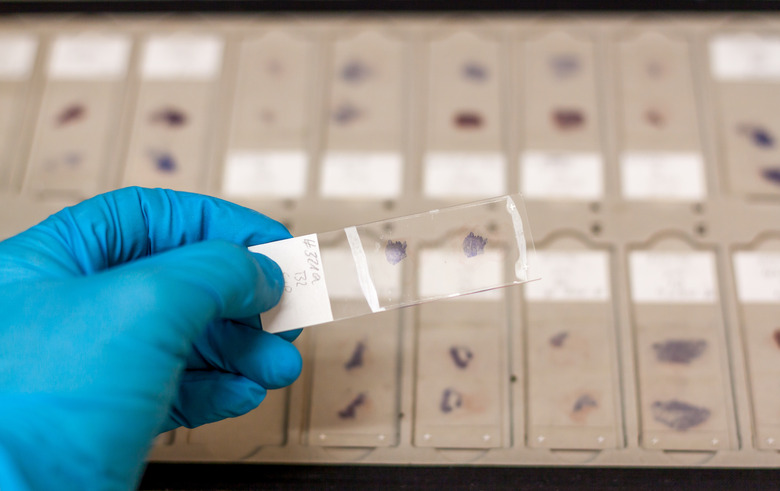Differences & Similarities Between Unicellular & Cellular
Many species on Earth are unicellular, meaning they have only one cell. All species of animals and plants, however, are multicellular, meaning that they have multiple cells. Both unicellular and multicellular organisms share some important similarities like the genetic code. Cells in a multicellular organism must work together to a greater extent than unicellular organisms, therefore, there are also some important differences.
Organelles
Organelles
With a few rare exceptions, virtually all species of multicellular organisms are eukaryotes, meaning their DNA is contained in a special structure called a nucleus. Eukaryotes typically also possess membrane-enclosed structures called organelles, which carry out functions crucial to the cell's survival and growth. Some unicellular organisms like amoebas are also eukaryotes, but many others are prokaryotes (e.g. bacteria). Prokaryotes lack a nucleus and specialized organelles and are much smaller than typical eukaryotic cells. Consequently, multicellular organisms are almost always (though not invariably) eukaryotic, while unicellular organisms may be eukaryotic or prokaryotic.
Differentiation
Differentiation
In a growing multicellular organism like a human, cells differentiate and specialize in certain functions. Your muscle and brain cells, for example, clearly have very different roles in your body. In unicellular organisms, by contrast, a cell can't rely on its neighbors to perform certain tasks while it performs others. A unicellular organism has to take care of itself. This doesn't mean that no communication occurs between unicellular organisms, however. Some bacteria, for example, coordinate gene expression through a fascinating mechanism called quorum sensing; once the population in a bacterial colony rises past a given point, the increasing concentration of signaling molecules secreted by individual bacteria "turns on" certain genes in bacteria of the colony.
Genetic Code
Genetic Code
Clearly unicellular and multicellular organisms are very different, but they also share many similarities. Among the most striking of these is the genetic code. All known forms of life store their genetic information using DNA, and with a few exceptions the code is universal. If someone were to take a DNA sequence that codes for a protein from one of your cells and insert it into an amoeba, it would code for the same amino acids. This amazing similarity is a strong piece of evidence for evolutionary descent from a common ancestor.
Other Similarities
Other Similarities
Both unicellular and multicellular organisms have cell membranes constructed from a class of molecules called phospholipids; these cell membranes also incorporate proteins and sterols (although the identity of these sterols and proteins obviously varies widely). Both unicellular and multicellular organisms transcribe DNA into RNA, then translate RNA into protein using structures called ribosomes. Finally, both unicellular and multicellular organisms must obtain energy and nutrients to sustain their lives and growth.
References
- "Biology"; Neil A. Campbell, Jane B. Reece, Lisa A. Urry, Michael L. Cain, Peter V. Minorsky, Steven A. Wasserman, Robert B. Jackson; 2008
Cite This Article
MLA
Brennan, John. "Differences & Similarities Between Unicellular & Cellular" sciencing.com, https://www.sciencing.com/differences-similarities-between-unicellular-cellular-8176413/. 13 March 2018.
APA
Brennan, John. (2018, March 13). Differences & Similarities Between Unicellular & Cellular. sciencing.com. Retrieved from https://www.sciencing.com/differences-similarities-between-unicellular-cellular-8176413/
Chicago
Brennan, John. Differences & Similarities Between Unicellular & Cellular last modified August 30, 2022. https://www.sciencing.com/differences-similarities-between-unicellular-cellular-8176413/
